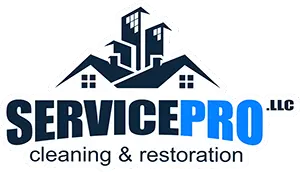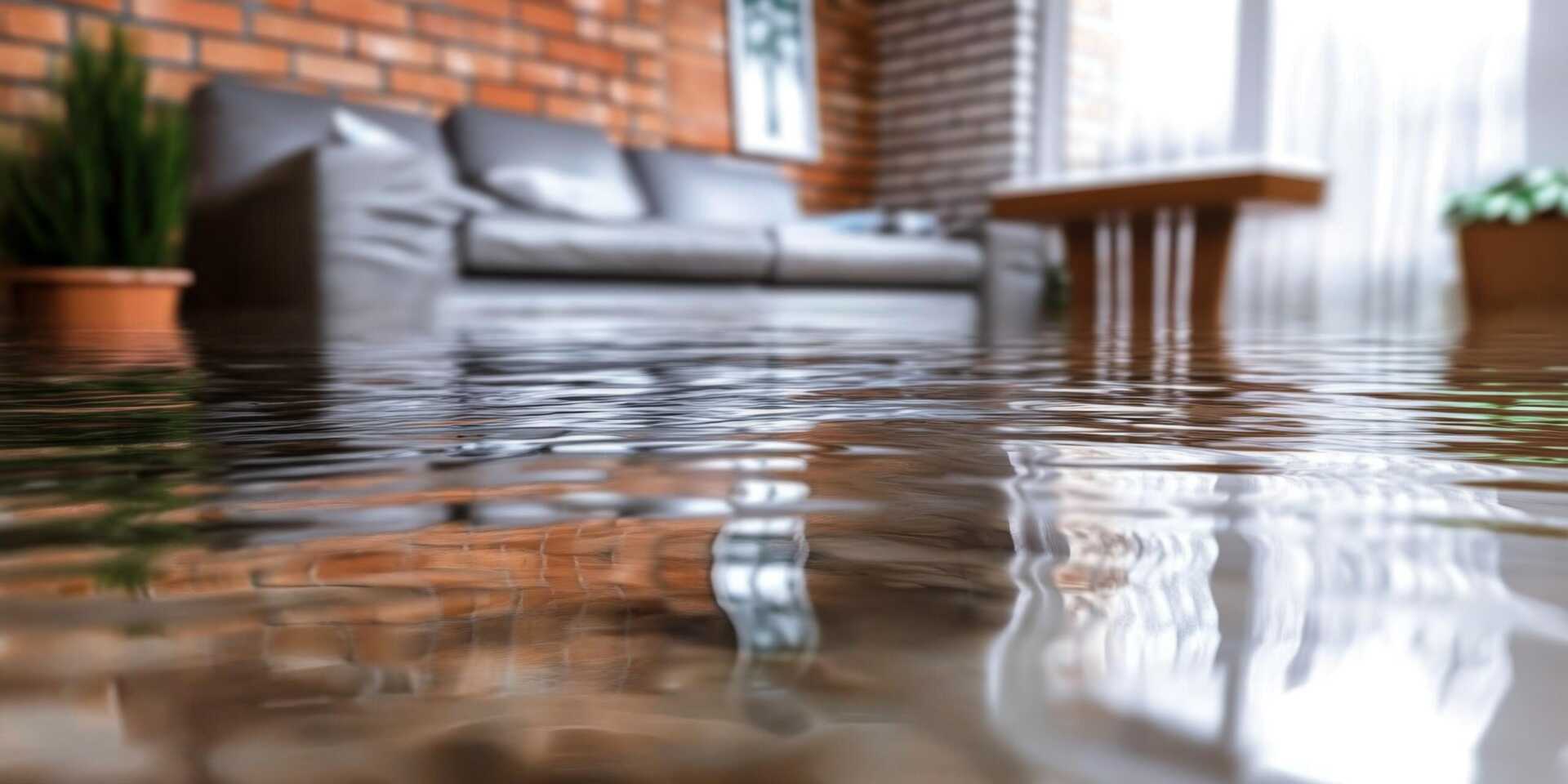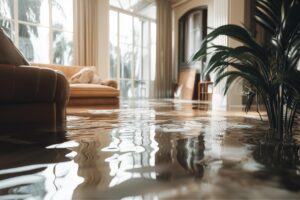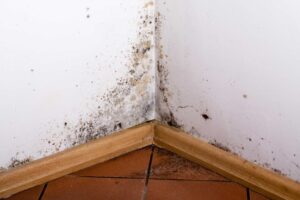In the aftermath of a flood, the contrast between devastation and recovery can feel overwhelming. You need to act quickly, focusing on authentic water extraction to minimize damage and health risks. Understanding the techniques and professional services available is crucial to restoring your home. Yet, the lingering threat of mold can complicate your efforts. What steps can you take to ensure a thorough recovery and safeguard your space from future issues?
Key Takeaways
- Timely water extraction is crucial to minimize damage and health risks, ideally within 24-48 hours post-flooding.
- Utilize professional services with specialized equipment for efficient and effective water removal and damage assessment.
- Engage in thorough moisture control by employing dehumidifiers and air movers to prevent mold growth after extraction.
- Inspect and address hidden moisture in walls and furnishings to avoid long-term structural issues and mold infestations.
- Implement sustainable practices, such as improved drainage systems and flood-resistant materials, to enhance future flood resilience.
The Importance of Timely Water Extraction
When flooding occurs, the urgency of timely water extraction can’t be overstated, as every moment that passes can lead to increased damage and health risks. You must act quickly to mitigate water damage, preventing secondary issues like mold growth and structural instability.
In an emergency response, evaluating the situation promptly is essential. You’ll want to confirm that the source of the water is contained to avoid further intrusion.
When you initiate water extraction, employing the right techniques and equipment is important for effective recovery. This isn’t just about removing water; it’s about restoring your space and peace of mind. Delaying this process can lead to irreversible damage, complicating your recovery journey.
Techniques for Effective Water Extraction
Effective water extraction requires the right combination of techniques and equipment tailored to the specific conditions of the affected area.
Start with evaluating the water level and type—whether it’s clean, gray, or black water—as this influences your chosen water extraction methods. Use submersible pumps for deep water, ensuring they’re powerful enough to handle the volume.
For shallower areas, consider wet/dry vacuums, which offer versatility and efficiency. High-velocity air movers can greatly enhance drying times, while dehumidifiers help eliminate moisture from the air, preventing mold growth.
Keep in mind that the equipment’s effectiveness hinges on proper setup and usage; always follow manufacturer guidelines.
Choosing Professional Water Extraction Services
How can you ensure the best outcome after a flood? Choosing professional water extraction services is essential. These experts bring specialized equipment and trained personnel, ensuring thorough removal of water and minimizing potential damage.
When evaluating options, consider cost considerations—ask for detailed estimates that break down labor, equipment, and materials. While affordability is important, prioritize service reliability. Look for companies with positive reviews and proven track records in flood recovery.
Additionally, inquire about their response times; a quick reaction can greatly reduce long-term damage. A compassionate service provider will understand your distress and work efficiently to restore your home, fostering a sense of belonging as they help you reclaim your space.
Preventing Mold Growth After Water Removal
After water removal, taking swift action to prevent mold growth is essential for your home’s health. Mold thrives in damp environments, so effective moisture control is key.
Start by thoroughly drying all affected areas within 24-48 hours. Use fans, dehumidifiers, and open windows to enhance air circulation.
Inspect for hidden moisture in walls, carpets, and furniture, as mold can develop in these places if overlooked. Verify that your HVAC system is cleaned and maintained, as stagnant water can linger there.
Additionally, consider applying mold prevention treatments on surfaces prone to moisture, like bathrooms and basements.
If you notice any signs of mold, act quickly to remove it, as delaying can lead to more extensive damage and health risks.
Long-term Solutions for Flood Recovery
Once you’ve tackled immediate concerns like mold prevention, it’s time to contemplate long-term solutions for flood recovery that will fortify your home against future water damage.
Investing in sustainable infrastructure, such as elevated foundations and flood-resistant materials, can greatly enhance your home’s resilience. Consider incorporating permeable landscaping to manage stormwater naturally while promoting community resilience.
Engage with local organizations dedicated to flood preparedness; they often provide resources and support for implementing protective measures. Strengthening your community ties can also foster collaborative efforts, ensuring that everyone is better equipped to face future challenges.
Regularly assess your home’s drainage systems and make necessary upgrades to prevent future flooding.
Wrap-Ups
In your journey toward flood recovery, remember that timely extraction, professional assistance, and proactive mold prevention are your best allies. By prioritizing authentic water removal, utilizing advanced techniques, and fostering a supportive environment, you can restore your home and peace of mind. Embrace the process, engage with experts, and take steps for long-term resilience. With each action you take, you’re not just repairing your property; you’re reclaiming your sense of belonging amidst adversity.




